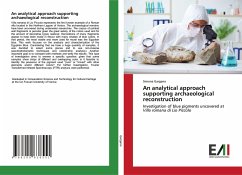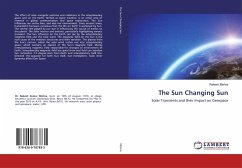Villa romana di Lio Piccolo represents the first known example of a Roman villa located in the Northern Lagoon of Venice. The archaeological remains have been uncovered during underwater researches. The corpus of painted wall fragments is peculiar given the great variety of the colors used and for the amount of decorative types realized. Decorations of many fragments appear to have been made in fresco with many shades of blue colors. In that period, the most stable and more used for mural was the Egyptian blue. This work focuses on the analysis and characterization of the Egyptian Blue. Considering that we have a huge quantity of samples, it was decided to select some pieces and to use non-invasive spectrophotometric techniques and colorimetric analysis). Another important goal is to compare both methods and verify the results. This type of investigation aims to answer a specific question: given that some samples show strips of different and overlapping color, is it feasible to identify the presence of the pigment used "pure" or "mixed" with other elements and/or different colors? For further investigation, Fourier Transformed Infrared Spectroscopy (FTIR) analysis were performed.
Hinweis: Dieser Artikel kann nur an eine deutsche Lieferadresse ausgeliefert werden.
Hinweis: Dieser Artikel kann nur an eine deutsche Lieferadresse ausgeliefert werden.








